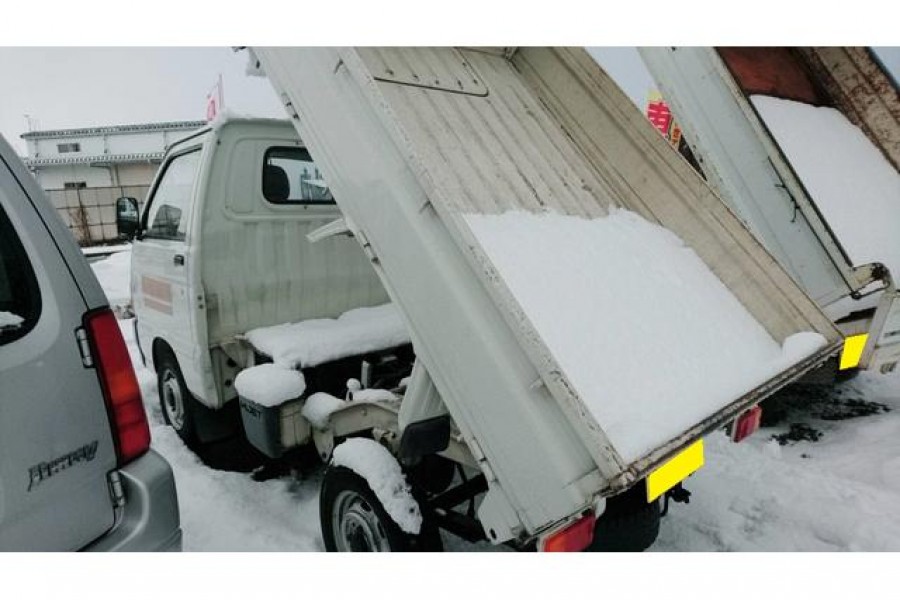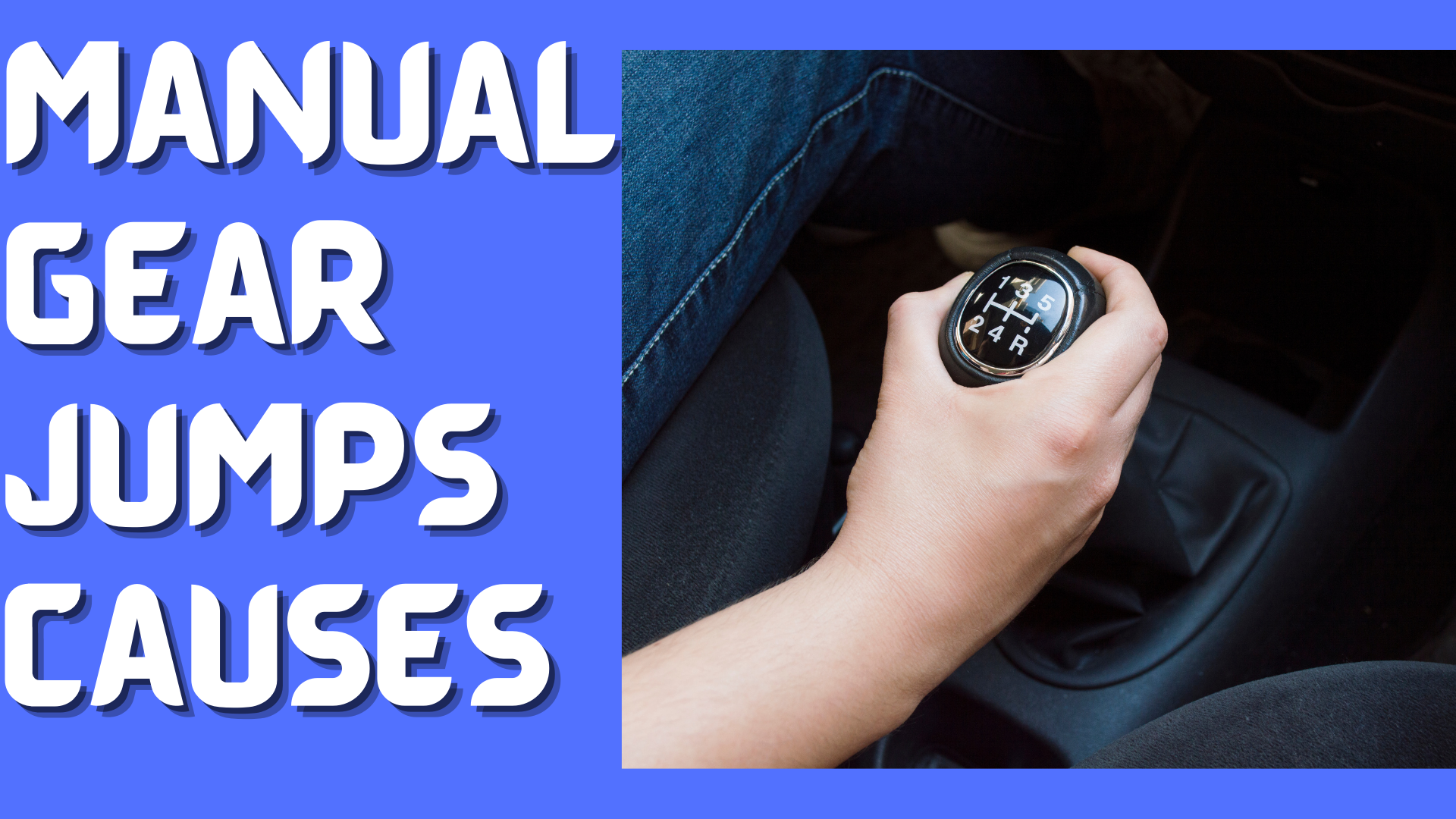3 Steps To Easily Troubleshoot a Radiator Not Working
Is your truck’s radiator not working? If that is the case, then this guide is intended to help you The internal combustion engine produces too much heat when functioning. The heat can damage essential parts of the engine, such as seals, plastic hoses, and the entire engine block. The cooling system has a radiator that cools down the hot coolants from the engine. In most trucks, the radiator is located in front of the engine.
Tips for Troubleshooting a Radiator Not Working
When it is your first time performing this process, or you are not able to continue, consider checking your truck repair manual. The repair manual will aid you in troubleshooting various problems related to the cooling system.
As you diagnose your radiator, think of the conditions in which such problems occur.
If the check engine light appears, consider scanning the computer for trouble codes that will give a clue to the problem.
If your radiator is damaged, consider installing a new one instead of repairing it.
Troubleshooting a Radiator Not Working
Clogged Radiator
When your radiator is clogged, the coolant will not be able to flow effectively. If the clog is external, the airflow will be restricted, leading to engine overheating. In such a case, consider checking the following.
- Make sure your engine cools by parking your truck and letting it cool down.
- Check inside the radiator. To do this effectively, consider removing the cap and checking if there is debris inside. If you see any debris, the only option is to fix a new radiator.
- Check the outer part for external clogs. To do this, check if there is any debris on the front part of your radiator. Consider cleaning it using a garden hose or compressed air if you see any.
Bad Radiator Cap
If your radiator cap cannot hold the pressure, the coolant will boil, and your engine will overheat. You must have the system pressure cap to check for a bad radiator cap. To troubleshoot a bad radiator cap by doing the following.
- Let your engine cool down completely.
- Remove the pressure cap by unscrewing it. It would help if you had the necessary tools, such as the screwdriver, to achieve this.
- Use the pressure tester on the cap. Ensure it is holding the required amount as per the cap. If it does not, replace it.
Faulty Radiator Fan
Your engine will overheat when the radiator fan stops functioning or functions irregularly. To troubleshoot a faulty radiator fan, do the following.
- Park your truck and let its engine cool down.
- Check the radiator fan. It can stop functioning due to mechanical or electrical problems.
- Start your truck and let the engine warm up.
- If you realize the engine’s temperature goes beyond normal, consider inspecting your fan. You might realize that it is turning slowly or does not entirely turn. If your fan is mechanical, consider replacing the clutch, but for an electric fan, check the circuit first.
Conclusion
If you are looking for a way to troubleshoot radiator not working, then the guide above should help. The radiator, part of the cooling system, can sometimes fail to work, and it is necessary to equip yourself with basic troubleshooting knowledge as per this guide.



